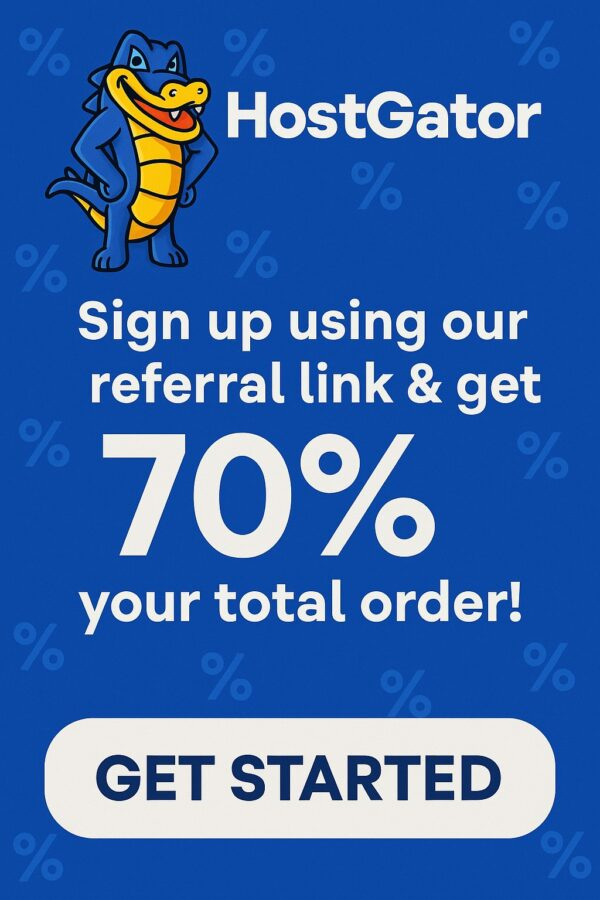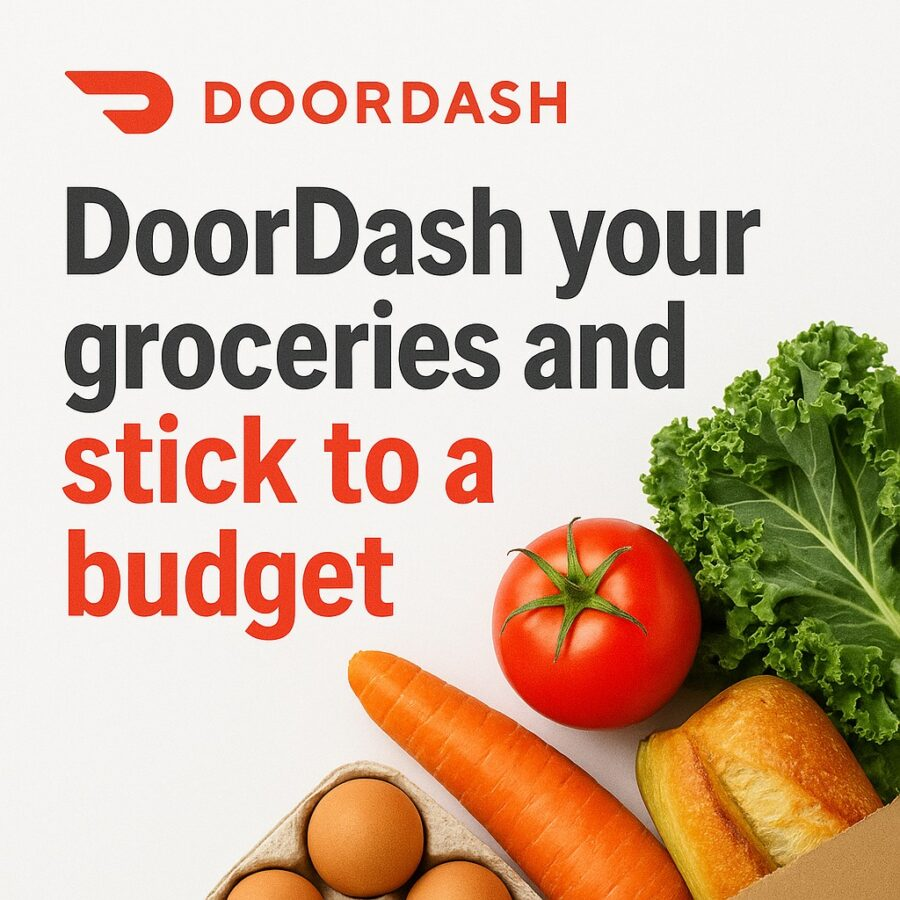Views: 1
If you are a creator, you know this tension: you need leads, but lead gen is tedious. What if instead of chasing contacts, you built a system where agents (autonomous AI helpers) hunt, qualify, and deliver leads to you automatically? With 12 Agent Workflows That Automate Lead Gen For Creators, you can set up pipelines that run in the background while you create.
These workflows combine agent design, prompt engineering, tool integration, and feedback loops. Every workflow here is adaptable: you do not need hard coding. When you see an agent design you like, you can clone, tweak, and reuse.
I draw on real techniques from modern agent frameworks (like multi-agent orchestration) and on case studies of AI in lead gen. The workflow names below signal their core job. After the list I’ll show you how to combine them into a stacked funnel for maximum effect.
Why Agent Workflows Matter for Creators
Creators often juggle content, audience, and monetization. Lead generation tends to be deprioritized or microwaved when deadlines loom. Without automation, outreach decays, follow-ups fail, and your funnel dries out.
Modern AI agents can do more than simple rules. They can research, decide, iterate, and act. Agents in lead gen are already being used to identify decision-makers, personalize outreach, enrich data, and qualify inbound interest. (Outreach)
By embedding agents in your creator business, you get:
- Lead flow while you sleep
- Higher quality leads through filtering
- Reduced busywork so you focus on creation
- Faster learning via feedback loops
Let’s walk through 12 workflow patterns you can adopt.
Affiliate Link
See our Affiliate Disclosure page for more details on what affiliate links do for our website.
The 12 Agent Workflows That Automate Lead Gen For Creators
Here are the workflows. Each name is a shorthand you can adapt or rename.
- Target Discovery Agent
This agent scrapes relevant sources (forums, social media, content platforms) for profiles or content that match your niche. It returns a list of prospects with links, handles, and topics of interest. - Profile Enrichment Agent
After you get raw prospects, this agent fetches extra data: titles, emails (if public), social profiles, company size, and interest signals. It removes duplicates. - Intent Signal Agent
Focus on behavior: this agent monitors signals like content interaction, downloads, mentions, and web visits. It flags prospects showing buying or subscription intent. - Invitation Agent
This agent sends initial outreach (DM, email, social message) based on templates and personalization tokens. It respects rate limits and throttling. - Follow-Up Agent
If a prospect does not respond, this agent sends sequenced follow-ups, each with different messaging angles or value additions. It watches reply windows to avoid over-mailing. - Qualification Agent
When a lead replies, this agent asks scoring questions (e.g. budget, deadline, interest) and assigns a lead score. It may ask clarifying questions before handing off to you. - Discovery Call Scheduler Agent
Once the lead passes qualification, this agent coordinates calendars, offers times, confirms bookings, and sends reminders. - Content Trigger Agent
This workflow uses your content (blogs, YouTube, social) as outreach hooks. When a user interacts with content on a given topic, the agent triggers a personalized outreach referencing that interaction. - Inbound Funnel Agent
This agent handles inbound queries or DMs. It uses a prompt to triage: handle simple requests, redirect to pages or resources, or push into qualification if promising. - Referral Loop Agent
This agent nudges existing clients or subscribers to refer peers. It tracks who was referred, manages rewards, and handles welcome messaging to new leads. - Reactivation Agent
This agent weeds through old prospects who never replied. It sends a fresh pitch, or checks whether interests have shifted. - Cross-Promotion Agent
This agent finds possible partners (creators, newsletters, media) and suggests content swaps, guest posts, or promos. It crafts pitch messages, monitors responses, and tracks outcomes.
How to Assemble These Workflows Into a Funnel
You do not need to use all 12 from day one. But you should combine at least the first six to build a working funnel. Here is a staging plan:
- Stage A: Start with Target Discovery, Profile Enrichment, and Invitation Agent. Get leads flowing.
- Stage B: Add Follow-Up and Qualification to filter noise.
- Stage C: Plug in Discovery Call Scheduler and Inbound Funnel to close leads.
- Stage D: Cycle in Reactivation and Referral Loop to reclaim and grow.
- Stage E: Add Content Trigger and Cross-Promotion for extended reach.
Because agents feed one another, a weak link in one workflow degrades the whole system. That is why design and testing matter.
Affiliate Link
See our Affiliate Disclosure page for more details on what affiliate links do for our website.

Design Principles & Prompt Strategies for Agent Workflows
To build reliable agent pipelines, follow these guardrails:
Single Responsibility
Each agent in your stack should do one core job. Avoid combining discovery and outreach in one monolith. That makes debugging easier.
Context Awareness & Memory
Agents need memory. If a prospect already got outreach, the Invitation Agent should know. Use structured context (JSON, vector stores, tool memory) between agents.
Rate Limits and Respect
Avoid being blocked by platforms. Agents should conform to rate limits, randomized intervals, and fallback paths if blocked.
Feedback Loops & Score Updating
Every outcome (reply, click, uninterested) should feed back to adjust templates, scoring thresholds, or targeting. Continuous improvement is key.
Multi-Agent Orchestration
You may orchestrate agents so that one agent triggers or activates others. This is a multi-agent system pattern. In research tools like AutoGen Studio, multi-agent workflows are built and debugged collaboratively. (arXiv)
Prompt Engineering Patterns
- Role + Goal prompts: “You are a Profile Enrichment Agent. Given [prospect], fetch [fields].”
- Tool calls: instruct agents to call APIs or scraping tools.
- Branching logic: “If data missing, reattempt or skip.”
- Fallbacks: “If outreach fails, schedule retry three days later.”
Example Agent Workflow in Action
Let us run a mini funnel for a creator of tech tutorials.
- Target Discovery Agent finds Twitter accounts tweeting about “learn Python.”
- Profile Enrichment Agent fetches email or web contact pages.
- Invitation Agent sends a DM with a helpful tip and asks if they’d like your mini course.
- Follow-Up Agent sends a second DM linking to a short tutorial.
- Qualification Agent asks what their Python goal is, budget, timeline.
- Discovery Call Scheduler Agent offers you times for a call.
Once you have that core funnel, you can layer Reactivation (check old leads for updates) or Referral Loop (ask past students for referrals). Content Trigger Agent might watch website visitors reading a blog post and reach out referencing that.
Affiliate Link
See our Affiliate Disclosure page for more details on what affiliate links do for our website.

Tools & Platforms That Help Build Agent Workflows
You do not have to build every agent from scratch. Some platforms support agent integration or template orchestration.
- n8n supports AI Agent integrations and connecting to 400+ apps. (n8n)
- Assista offers an AI agent for Gmail → HubSpot lead capture pipelines. (getassista.com)
- Lindy builds AI agents that research leads and send personalized outreach automatically. (Lindy)
- RelevanceAI publishes agent templates for lead generation roles. (Relevance AI)
If you are technical, you can adopt agent frameworks like AutoGen or LangChain and orchestrate agents yourself. The principle is the same whether low code or high code.
Common Pitfalls and How to Avoid Them
Agents Get Blocked or Flagged
If your Invitation or Follow-Up agents spam too fast, platforms will block them. Solution: randomize intervals and insert “cooldowns.”
Low Reply Rates Because of Weak Messaging
Personalization is not optional. Use the Profile Enrichment Agent to inject niche interests. Test outreach templates and adjust based on open/reply results.
Agent Chaining Errors
If one agent fails (say Enrichment), the next Agent (Invitation) may get bad input. You must build error handling in your orchestration: skip bad leads, flag for review, or retry.
Memory Drift
Over time, agents might lose thread continuity. Use centralized memory or a vector database. Ensure that each agent writes relevant context.
Stagnant Funnel
If you never revisit the pipeline, leads go cold. Use Reactivation Agent and Feedback loops to keep it fresh.
Performance Tracking & Metrics
To know whether these workflows truly automate lead gen, monitor:
- Lead volume per week
- Reply / conversion rate
- Qualified leads per month
- Visits → lead ratios
- Cost per lead (if you pay for tools)
- Time saved in prospecting
Create dashboards or integrate with your CRM. Adjust scoring thresholds and outreach templates based on real data.
Affiliate Link
See our Affiliate Disclosure page for more details on what affiliate links do for our website.
Getting Started: How You Deploy Your First Workflow
- Choose your niche and define ideal prospect profile.
- Draft a Target Discovery agent prompt to collect 100 prospects.
- Pipe to Profile Enrichment agent (run in same chain).
- Build Invitation agent template with personalization.
- Let the pipeline run for 48 hours.
- Inspect results, prune bad leads, adjust scoring.
- Add Follow-Up and Qualification agents.
- Start integrating Discovery Call Scheduler.
- Then wrap with Reactivation and Referral as you want.
You can base prompt patterns on the stacked prompt design I teach in content like ChatGPT Prompt Stacks That Triple Your Output In One Hour. Use that layering discipline to keep each agent prompt small and testable.
Also explore companion posts at Alt+Penguin Posts or toolkits in Alt+Penguin Downloads. You may find prompt kits that jump-start ephemeral agents for your niche.
Why These Workflows Can Outperform Manual Lead Gen
- Human effort is slow and inconsistent. Agents can run 24/7.
- Agents use data and signals more consistently than humans.
- They iterate quickly: if one message variant underperforms, change it.
- They scale: adding hundreds of prospects costs little once the pipeline is built.
- They free your time so you spend energy on content, relationships, and strategy.
These advantages are not speculative. AI agents in lead generation are already cited for improved efficiency, smarter targeting, and reduced overhead. (Outreach)
Final Thoughts & Next Moves
You do not have to implement all 12 agent workflows at once. Start small, test one mini funnel, then layer. Build reliable memory and error handling early. Watch the data and iterate.
If you’d like a shared prompt library or a starter kit for agents in your creator niche, I can build one. Also I have a detailed piece on prompt stacks and reliability you can weave into your agent design.
Once your pipeline runs, you will see leads arriving without constant manual effort. In that moment, you shift from chasing to choosing which conversations to join. Let me know if you want that starter kit or help customizing an agent for your niche.




